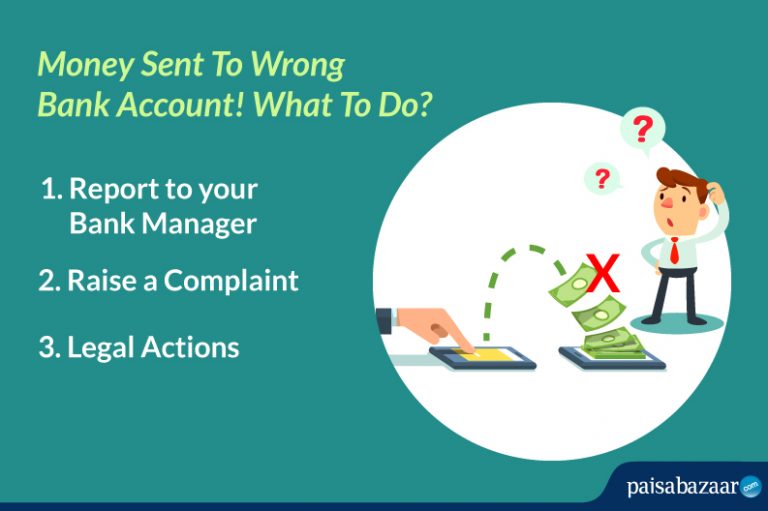Paisabazaar app Today!
Get instant access to loans, credit cards, and financial tools — all in one place
Our Advisors are available 7 days a week, 9:30 am - 6:30 pm to assist you with the best offers or help resolve any queries.
 Get the App
Get the App

Get instant access to loans, credit cards, and financial tools — all in one place

Scan to download on


Advik, a trainee engineer, decided to transfer Rs. 15,000 online to his sister Kayra’s account on her birthday. He added Kayra to the beneficiary list and executed the transaction. Advik was expecting a happy call from Kyra but got anxious as he did not receive any response for two days. When he called her to know the reason, he was shocked to know that Kayra never received the money.
However, Advik did receive a message from his bank stating that “the funds have been successfully transferred to the beneficiary’s account”. Where did the money go? If Kayra didn’t get it then, to whose account the money was transferred? This indicates that the money has been transferred to a wrong account. To solve the issue we first need to understand what went wrong?
Digital transfers and payments are both a boon and a bane. Such mediums have made banking convenient and easy. But, humans are bound to make mistakes. At times, people mistype important details such as an incorrect account number which leads to the transfer of funds in the wrong account. The two reasons behind the wrong money transfer can be:
According to the norms of RBI, for electronic fund transfer, only the beneficiary’s account number is taken into consideration. The name and IFSC code are used for the second level of confirmation if required.
The funds will be transferred to the same account number which you have entered, even if the account number is wrong but the payee’s name is correct. However, if you have entered an account number that does not exist, the money transferred will be refunded automatically.
At times, wrong or no money transfer occurs due to some technical glitch. In the year 2015 itself, banks like the State Bank of India, RBS and Indian Overseas Bank became the victims of a technical glitch. In such a case, the money transferred to a wrong account is automatically refunded to the customer within 5–7 working days.
In case your money is credited to a wrong account number, you should immediately inform your bank about the wrong transfer of funds and submit a written request for the return of money. Your bank will check the details of the beneficiary and if the person holds an account with the same branch, the bank can request him to return the money.
In case the beneficiary’s account is in a different bank or branch, the erroneous transaction can be reversed through this three-level escalation process-
1: Meet your branch manager in person and initiate a written or e-mail request to the beneficiary’s bank branch to take required actions. When the beneficiary holds an account in some other bank or branch, the bank where the account is held can sort the issue. Specify the date of transfer, time, amount, beneficiary’s account number, your account number, etc. and attach a screenshot of the successful transaction in the request.
2: Raise a complaint with the branch where the receiver holds the account. A bank cannot debit any account unless and until the account-holders permits it to. Also, the bank cannot share the information of the account-holder. Ergo, you need to raise a complaint so that the bank can let the receiver know and process your return request properly. If your branch or the concerned branch is not helping you, reach the banking ombudsman (BO) appointed by the Reserve Bank of India for the resolution of your complaint.
3: The transfer amount can only be debited from the receiver’s account if he/she permits. Most of the time the receiver of the fund agrees to return the wrongly credited amount. However, keeping the odds in mind, if the receiver refuses to return the money, you or the bank is allowed to take legal action against him. For this, you need to have all the details of the receiver as well as of the transaction made. If such a situation occurs, follow these steps-
Prevention is better than cure. So, spend an extra minute on the details entered rather than spending days in getting the transaction reversed. For reassurance, try the following steps.
Conclusion
Before you make any payment or fund transfer online, make sure you check the account number and IFSC code of the beneficiary at least twice. It can assist any kind of mistake. If you have, by any chance, entered the account number wrongly and funds have been transferred to an unknown account number, promptly request the bank to investigate the issue for exchange inversion. If the recipient denies returning the amount, you can move to the ombudsman for a fair decision.